A cornerstone of any great adventure is a great villain. When writing you adventure, you should determine early on the type or types of adversaries you’re going to feature in your adventure. Lets look at some of the most common villain types.
Prime Evil
These sorts of villains are the big obvious bad-guy types. Their motives are usually little more than “because evil” or Big Evil concepts like homicidal mania or over-the-top greed. This is not to say that they’re an unwelcome type of villain in the line-up; plenty of decent villains are of this type. Your demons, monster-of-the-week, and sociopaths fall into this category. However, they are usually pretty two dimensional characters with very little behind them besides a stat-block and token reason for driving the plot. On the up-side, they’re fairly easy to write and players are going to slay them without shedding a tear.
- Obvious target provides a driving force for the PCs
- Easy to write
- Intentions are clear
Cons:
- One-note characterizations
- No chance for a redemption or emotional story arch
- Often forgettable
Mustache Twirling
The next sort is somewhat of a spin-off of the prime evil villain in that they share many of the same qualities: obviously evil, relatively shallow characterization and motives, the PCs feel justified in attacking them. Where they branch off is that they’re often written in such a way as to seem somewhat inept, over-the-top, or flat out ridiculous. If you’re not careful with this kind of villain, they can end up being pitiable.
- Provide comic relief
- Ensure a game doesn’t get too dark or edgy
- Obvious target for the PCs
- Intentions are clear
Cons:
- One-note characterizations
- Sometimes pitied by the PCs
The Beast
These villains are more of adversaries or antagonists without thought or emotion. They’re usually guided by instinct or some supernatural drive to do harm. Uncontrolled beasts, mighty forces of nature, and savage animals all fall under this broad category. When you want a force to oppose the PCs without having to worry too much about their intentions, this is a good fit, but you’re unlikely to get any heart-wrenching story from a beast. Depending on the nature of the beast, you might get the party druid to feel sorry for it as it’s just fulfilling it’s natural desires. Generally speaking, though, beasts are unfeeling meat-bags put there to cause trouble and give the PCs something to unite against. Use them when you want to focus more on NPCs or PC interaction.
- Simple motivations
- No bothersome intelligence or plotting, just mayhem
- Allows emotional focus on other factors such as key NPCs or the PCs themselves
Cons:
- No plot depth
- Can be uninteresting
Misguided
These are my favorite types of villains! These are characters who could have been allies or even heroes, but something happened in their life that sent them on a path of darkness or destruction. Misguided villains always see what they’re doing as the right thing. They don’t think they’re evil, though they may consider whatever actions they’re taking is necessary. A great misguided villain is a character who could be seen as a hero if you were telling the story from their perspective. Its these antagonists that the PCs will remember for years. They also offer the best opportunity for redemption. If you’ve got a misguided villain, make sure to guide the GM on what to do if the PCs attempt to reason with them, show that their problems can be solved a different way, or try and steer them back toward a path of righteousness.
- Big emotional weight
- PCs can identify with their motivations and understand their choices
- Complex and believable characterizations
- Chance for redemption or a non-violent solution
Cons:
- Difficult to write believably
- Must include contingencies for redemption arcs
- Complicated backstory is more work
Anti-Hero
Here are the antagonists who are doing the wrong thing for the right reasons. The Punisher and some versions of Batman certainly zero in on the anti-hero vibe. These characters go to dark places, emotionally and morally speaking, in order to accomplish their goals which they see as ultimately righteous. Redeeming an anti-hero can be difficult, because they usually know that what they’re doing is villainous but they see that the end goal is a righteous goal. The Punisher murders criminals because he believes that no law enforcement agency will ever successfully prosecute them, and that prison is too kind a fate for most of them. In some ways, anti-heroes are misguided villains who finally realize that what they’re doing is wrong but decide to do it anyway for some “greater good.” These villains can be very tricky to write, and very tricky for players to approach, but ultimately very rewarding.
- Rich and complex motivations
- Possible, but difficult to redeem
- Powerful emotional storytelling
Cons:
- Difficult for players to approach the problem
- Can cause in-fighting within a player group as they decide what to do about them
- May recruit PCs into their cause
What other sorts of villains do you like to use? Which ones are your favorites?


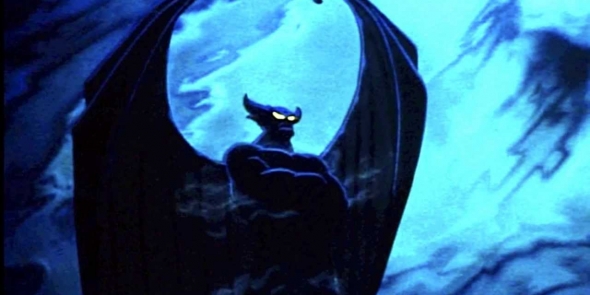
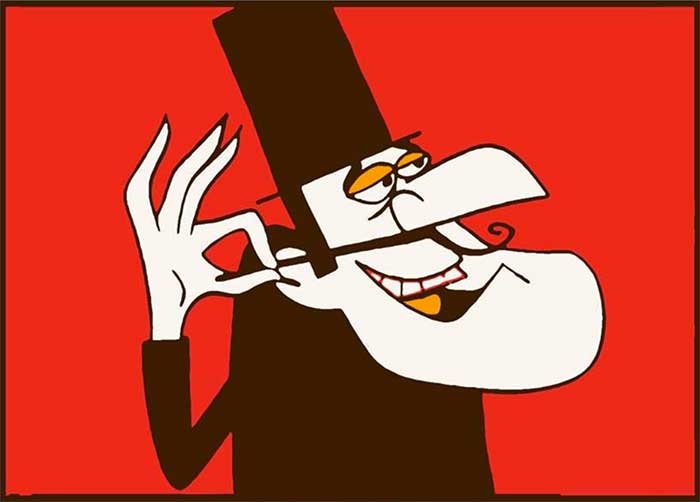
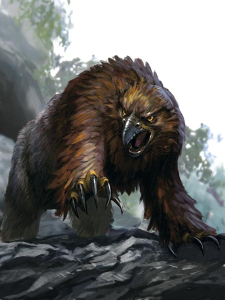
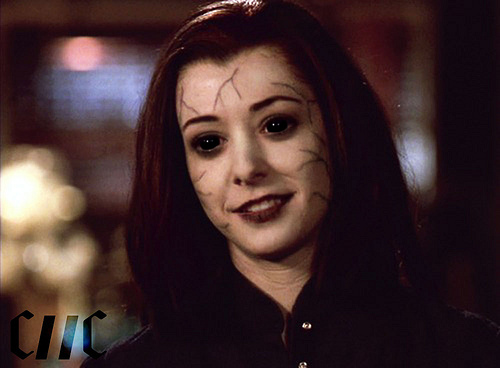
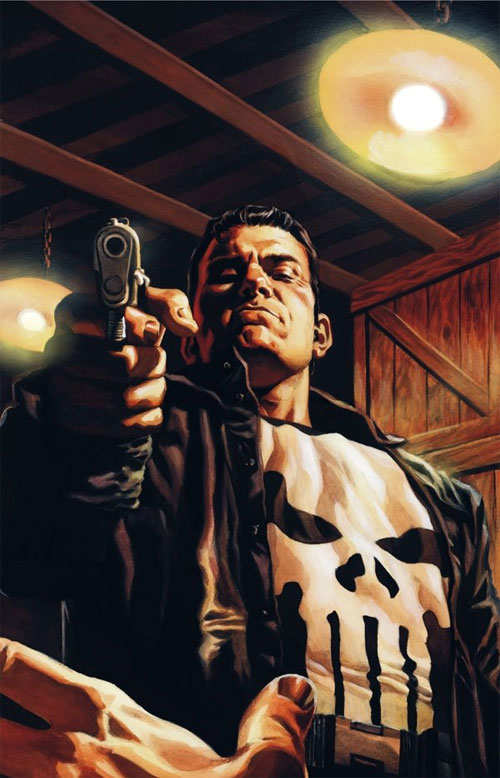
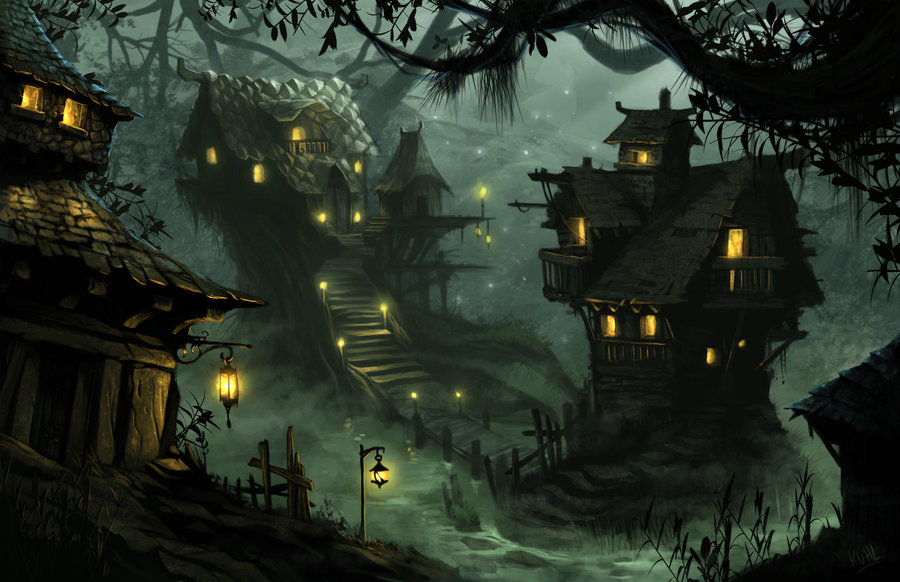




Cool article! Well done.
But I’m a little baffled … the post uses a picture of the Joker but has no villain category for said character … ??
He’s just such a classic and well-known villain. I’d put him under Mustache Twirling. His motives are certainly thin…